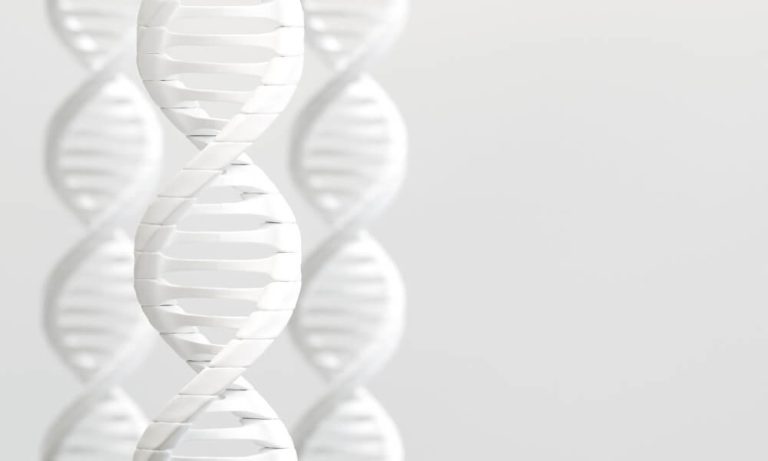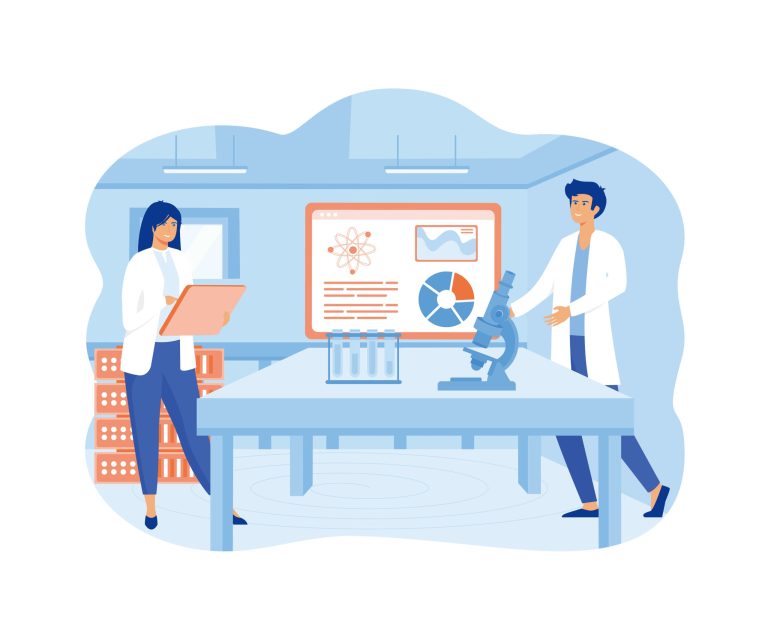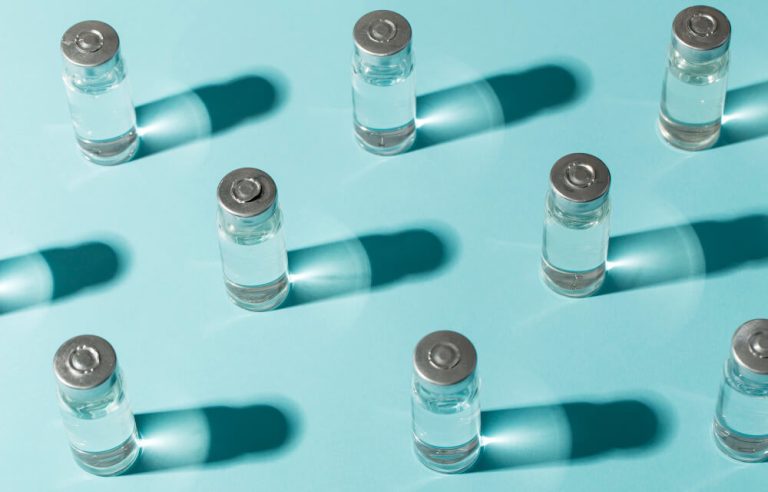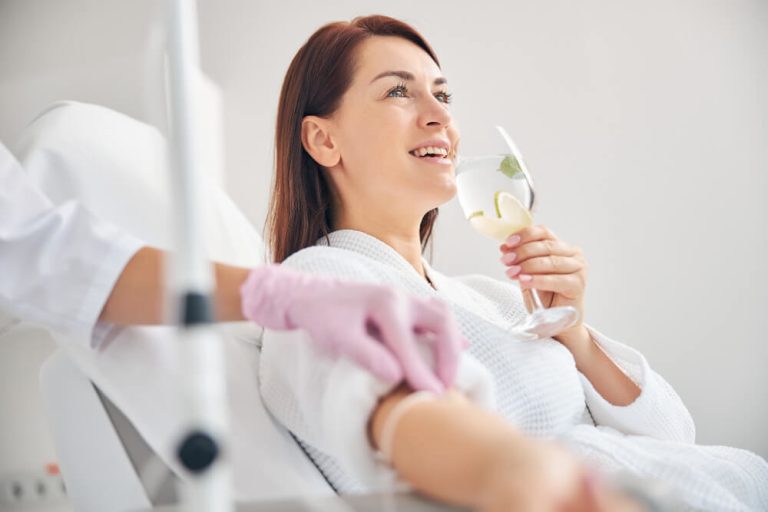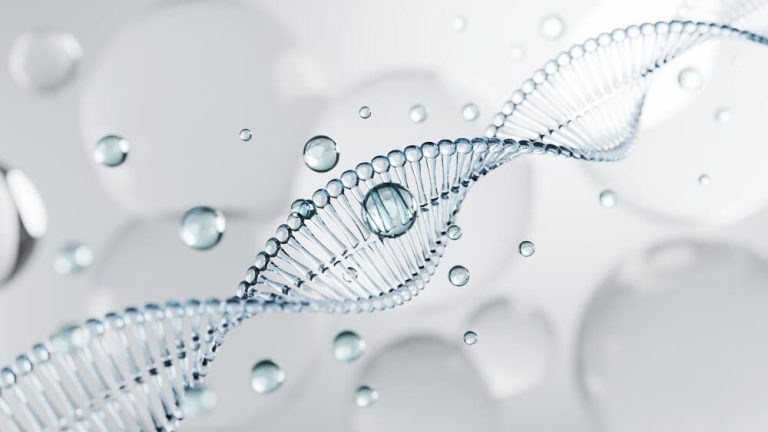Andropause Training: A Man’s Guide to Thriving
For many men, hitting their 40s and 50s brings a subtle but undeniable shift. The energy that once seemed boundless starts to wane, workouts feel tougher, and a persistent brain fog can cloud even the simplest tasks. This isn’t just ‘getting older’; it’s a specific biological process known as andropause, often called the ‘male menopause’. It’s a transition that can feel confusing and isolating, but it doesn’t have to define the second half of your life.
Understanding this change is the first step toward taking control. Andropause is characterized by a gradual decline in testosterone and other key hormones. Unlike menopause in women, which is a more rapid hormonal shift, andropause unfolds over years or even decades. This slow progression can make it difficult to pinpoint, often leading men to dismiss their symptoms as simple stress or aging.
But there is a path forward. By embracing a proactive approach, men can not only manage the symptoms of andropause but can actually use this phase as a catalyst to optimize their health for years to come. This journey begins with knowledge and empowerment, which is why specialized Andropause training for both individuals and their healthcare providers is becoming so crucial. It provides a framework for navigating these changes with confidence and strategy.
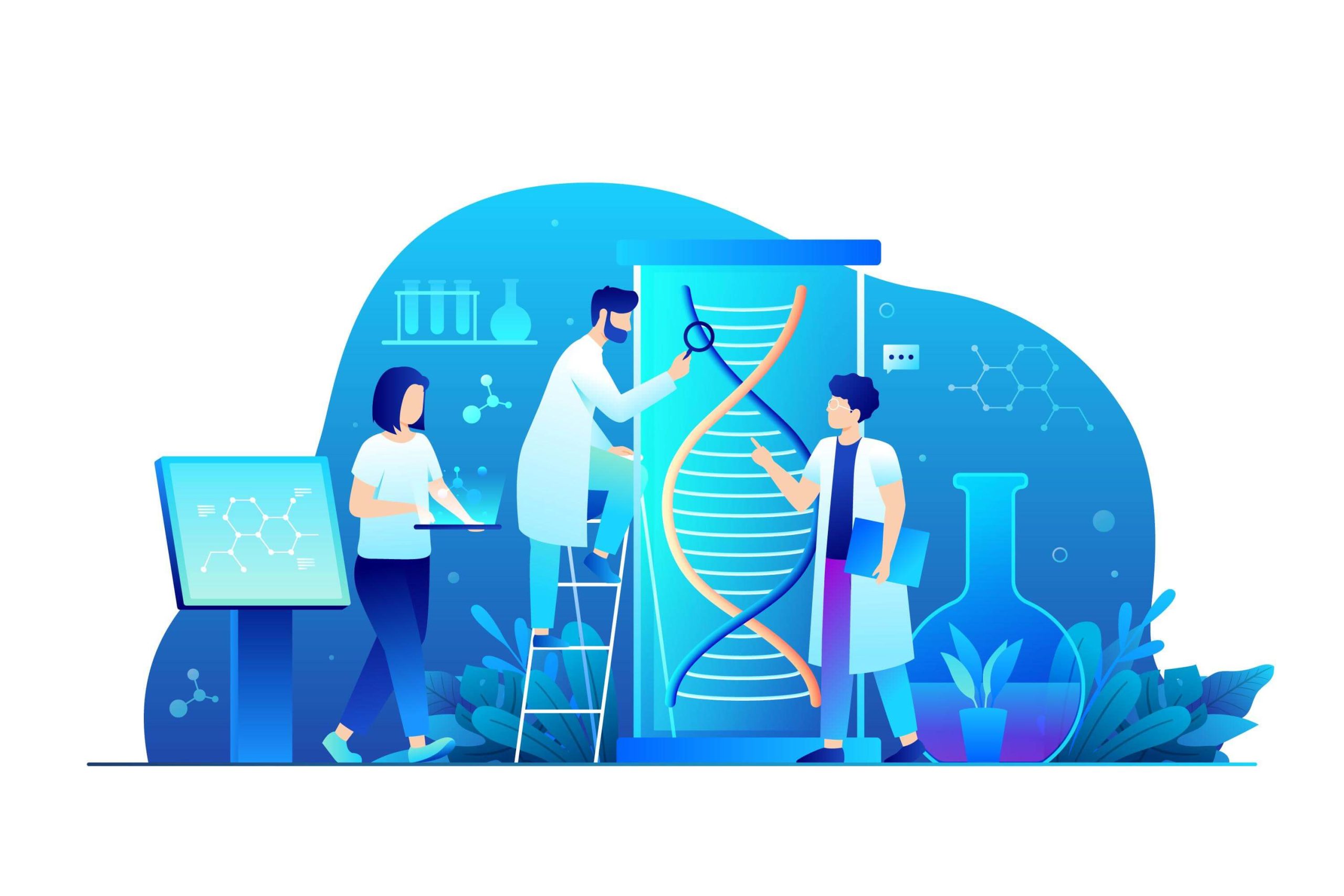
What Exactly Is Andropause?
Andropause is a term used to describe the age-related decline in male hormones, most notably testosterone. It’s a natural part of the aging process, with most men experiencing a drop in testosterone of about one percent per year after the age of 30. While this sounds small, the cumulative effect over 10 or 20 years can be significant, leading to a host of noticeable symptoms.
The term ‘male menopause’ is a bit of a misnomer because it suggests a direct parallel to the female experience. Menopause involves a relatively abrupt cessation of ovarian function and hormone production. Andropause, on the other hand, is a much more gradual and variable process. Not all men will experience it to the same degree, and for some, the symptoms may be so mild they are barely noticeable.
This hormonal shift involves more than just testosterone. Other hormones like dehydroepiandrosterone (DHEA), known as a precursor to sex hormones, also decline with age. Simultaneously, levels of Sex Hormone-Binding Globulin (SHBG) can increase. SHBG binds to testosterone in the blood, making it unavailable for use by the body’s tissues. This means that even if a man’s total testosterone level seems adequate, his ‘free’ or usable testosterone might be quite low, leading to symptoms.
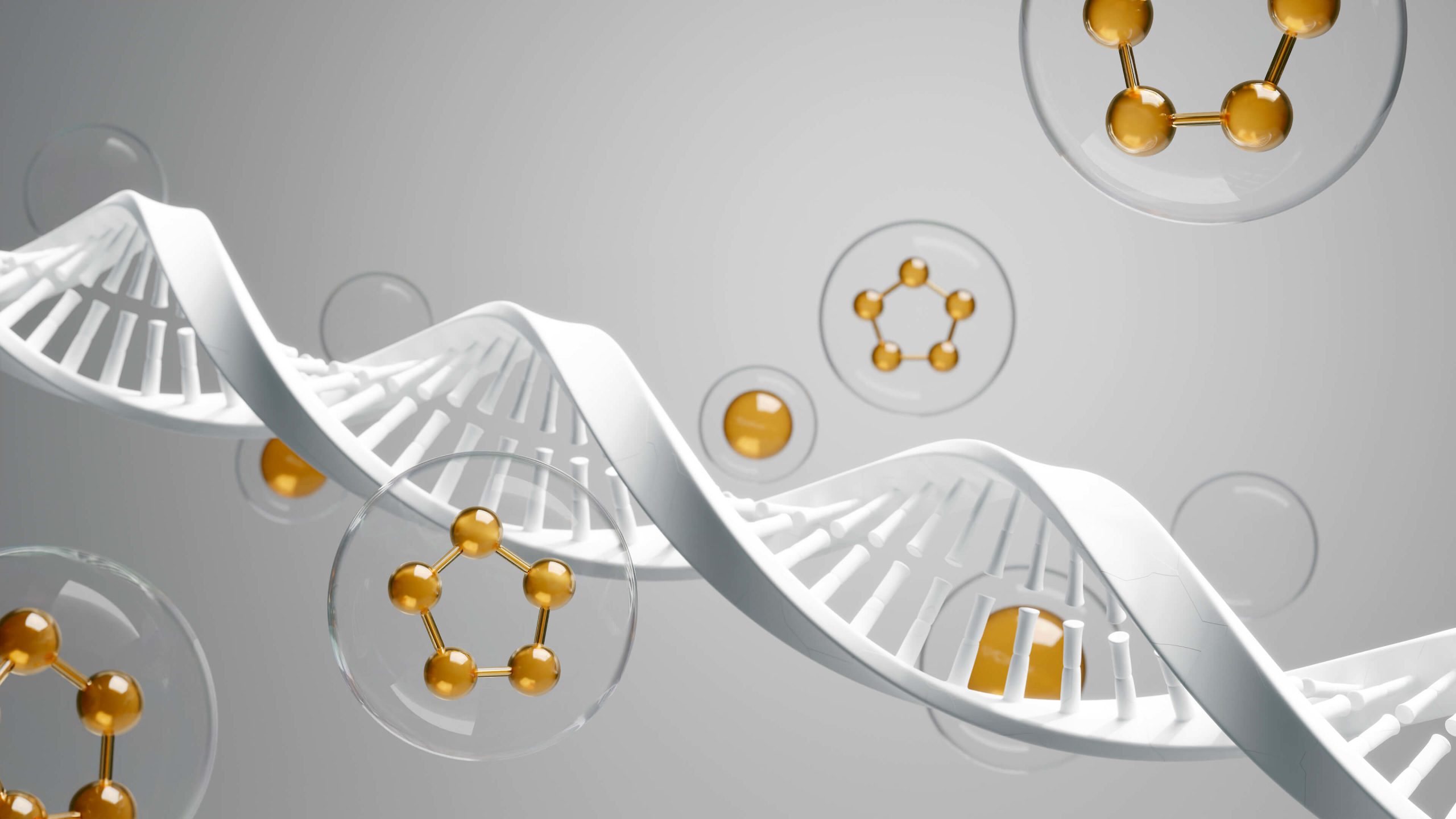
What Are the Common Symptoms of Andropause?
Because the hormonal decline is gradual, the symptoms of andropause can creep up slowly, making them easy to ignore or attribute to other life stressors. However, they often fall into distinct physical, mental, and sexual categories. Recognizing these patterns is the first step toward seeking appropriate solutions and regaining control over your well-being.
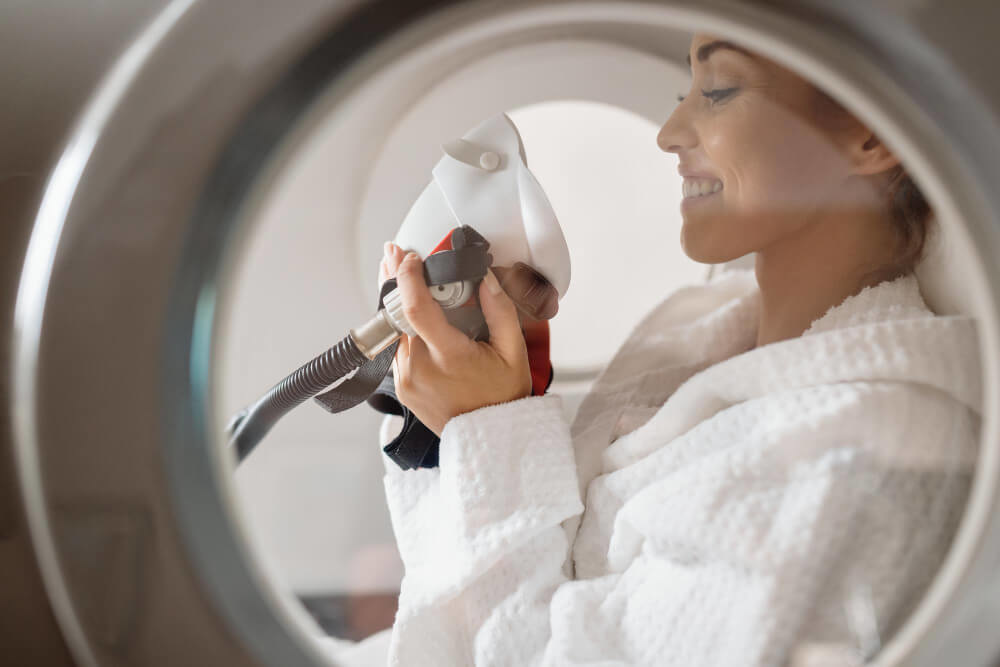
Are There Physical Changes I Should Look For?
Physically, one of the most common complaints is a persistent feeling of fatigue or a general lack of energy. This isn’t just feeling tired after a long day; it’s a deeper lethargy that can make it hard to get motivated for work, hobbies, or exercise. Many men also notice a change in their body composition, finding it harder to build or maintain muscle mass and easier to gain body fat, especially around the abdomen.
Other physical signs can include decreased bone density, which increases the risk of fractures, as well as joint aches and stiffness. Some men may experience hair loss on the body and head, or notice changes in their skin. Sleep disturbances, such as insomnia or developing sleep apnea, are also frequently linked to the hormonal shifts of andropause, creating a vicious cycle where poor sleep further disrupts hormone production.
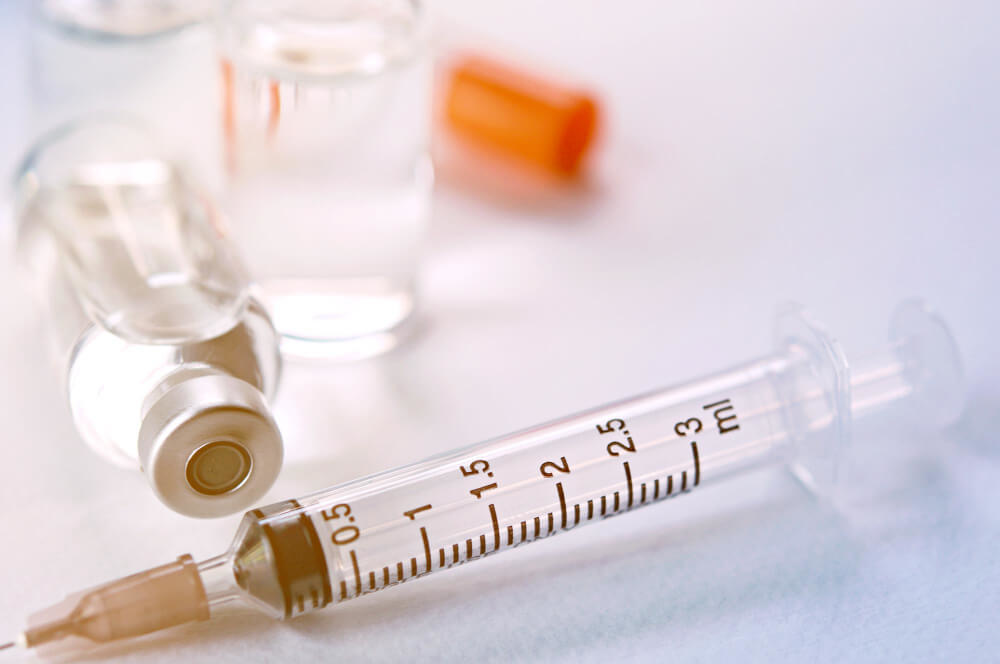
What About Mental and Emotional Symptoms?
The impact of andropause on mental and emotional health is profound and often underestimated. Men might find themselves experiencing mood swings, increased irritability, or a short temper over things that never used to bother them. A general loss of enthusiasm or motivation for life, sometimes described as losing one’s ‘edge’, is a very common sentiment.
Cognitive function can also be affected. Many men report ‘brain fog’, which involves difficulty concentrating, memory lapses, and a general feeling of mental slowness. These symptoms can be particularly frustrating and can impact performance at work and in personal relationships. In some cases, the emotional toll of andropause can contribute to feelings of sadness or even clinical depression.

How Does Andropause Affect Sexual Health?
Changes in sexual function are often the symptom that prompts men to finally seek help. A declining libido, or a reduced interest in sex, is a hallmark sign of low testosterone. This is often coupled with a decrease in the frequency of spontaneous morning erections, which are a good indicator of healthy hormonal function.
Beyond desire, physical performance can also be impacted. Erectile dysfunction (ED), the inability to achieve or maintain an erection firm enough for intercourse, becomes more common. While ED can have many causes, including cardiovascular issues, declining testosterone levels are a significant contributing factor for many men navigating andropause.

Why Does Testosterone Decline?
The primary driver of andropause is the natural aging process. The testes, which are responsible for the majority of testosterone production, simply become less efficient over time. The signaling process between the brain (specifically the pituitary gland and hypothalamus) and the testes can also become less effective, leading to a lower output of this vital hormone.
However, age isn’t the only factor at play. Modern lifestyle choices can significantly accelerate this hormonal decline. Chronic stress is a major culprit; the stress hormone cortisol has an inverse relationship with testosterone. When cortisol levels are consistently high due to work pressure, financial worries, or relationship issues, testosterone production is often suppressed.
Other lifestyle factors include a poor diet lacking in essential nutrients, lack of physical activity, and insufficient sleep. Obesity is particularly problematic, as fat cells contain an enzyme called aromatase, which converts testosterone into estrogen. This not only lowers testosterone levels but also increases estrogen, further disrupting the delicate hormonal balance in a man’s body. Certain medical conditions and medications can also contribute to lower testosterone.
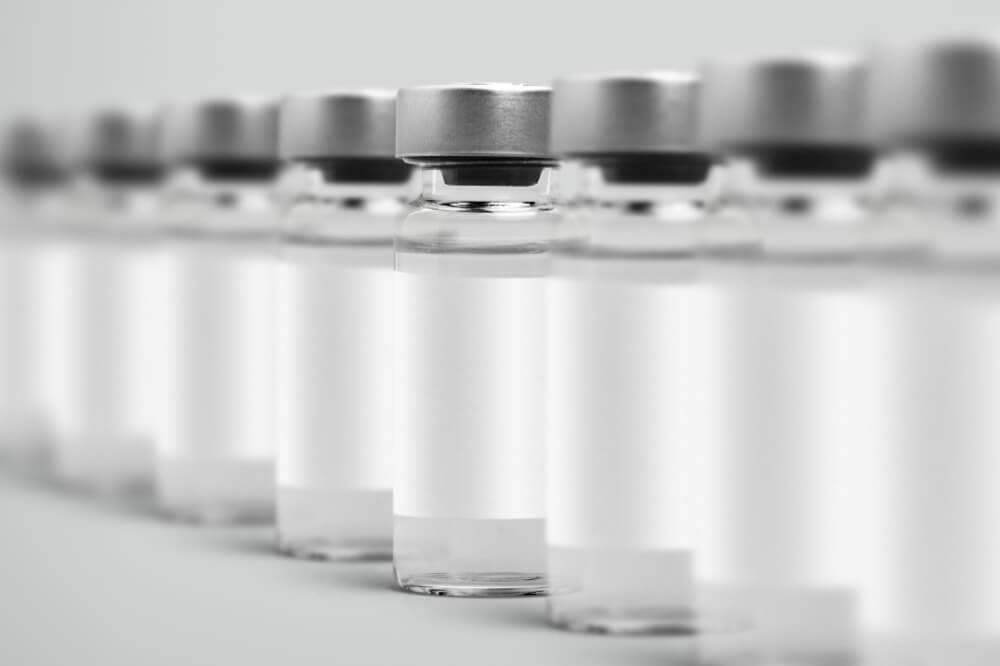
How Can Lifestyle Changes Combat Andropause Symptoms?
While you can’t stop the aging process, you have a remarkable amount of control over the lifestyle factors that influence your hormonal health. For many men, a strategic and dedicated approach to exercise, nutrition, and stress management can dramatically reduce the symptoms of andropause and, in some cases, may be all that is needed to feel like themselves again. This proactive ‘training’ for andropause is about building a resilient body and mind.

What Is the Best Type of Exercise for Andropause?
Exercise is arguably the most powerful non-medical tool for combating andropause. A well-rounded fitness routine can help rebuild lost muscle, burn stubborn body fat, improve mood, and naturally support hormone production. The key is to incorporate a mix of different types of training for a comprehensive effect.
Resistance training, or weightlifting, is non-negotiable. Lifting heavy weights sends a powerful signal to the body to produce more testosterone to support muscle repair and growth. It also directly counteracts sarcopenia (age-related muscle loss) and increases bone density. Focusing on large, compound movements like squats, deadlifts, presses, and rows provides the most significant hormonal and metabolic benefits. Understanding the connection between exercise and testosterone is fundamental to designing an effective program.
Alongside strength work, High-Intensity Interval Training (HIIT) can be incredibly effective. HIIT involves short bursts of all-out effort followed by brief recovery periods. This type of training is excellent for cardiovascular health, improving insulin sensitivity, and boosting growth hormone, another key player in maintaining a youthful physiology. For those new to exercise or looking for age-appropriate modifications, finding the best exercises for men over 50 can provide a safe and effective starting point.
Finally, don’t neglect mobility and flexibility. As we age, tissues can become stiff and movement patterns restricted. Regular stretching, yoga, or mobility drills can reduce aches and pains, prevent injury, and improve overall quality of life. The principles of smart training apply across a man’s lifespan, and adapting your routine is key, making resources on exercise for men at every age particularly valuable.

How Does Nutrition Impact Male Hormones?
What you eat has a direct and immediate impact on your body’s ability to produce hormones. A diet filled with processed foods, sugar, and unhealthy fats creates an inflammatory environment that is hostile to optimal testosterone production. Conversely, a nutrient-dense diet provides the raw materials your body needs to thrive.
Prioritize lean protein from sources like chicken, fish, eggs, and lean red meat to support muscle maintenance and repair. Healthy fats are also crucial, as cholesterol is a direct precursor to testosterone. Include sources like avocados, nuts, seeds, and olive oil in your daily diet. Complex carbohydrates from vegetables, fruits, and whole grains provide sustained energy and essential fiber.
Certain micronutrients are especially important for male hormonal health. Zinc, found in oysters, beef, and pumpkin seeds, is critical for testosterone synthesis. Vitamin D, which is technically a pro-hormone, also plays a vital role; many people are deficient, so getting some sun exposure and eating vitamin D-rich foods like fatty fish is important. Limiting alcohol is also key, as excessive consumption can negatively impact liver function and hormone metabolism.
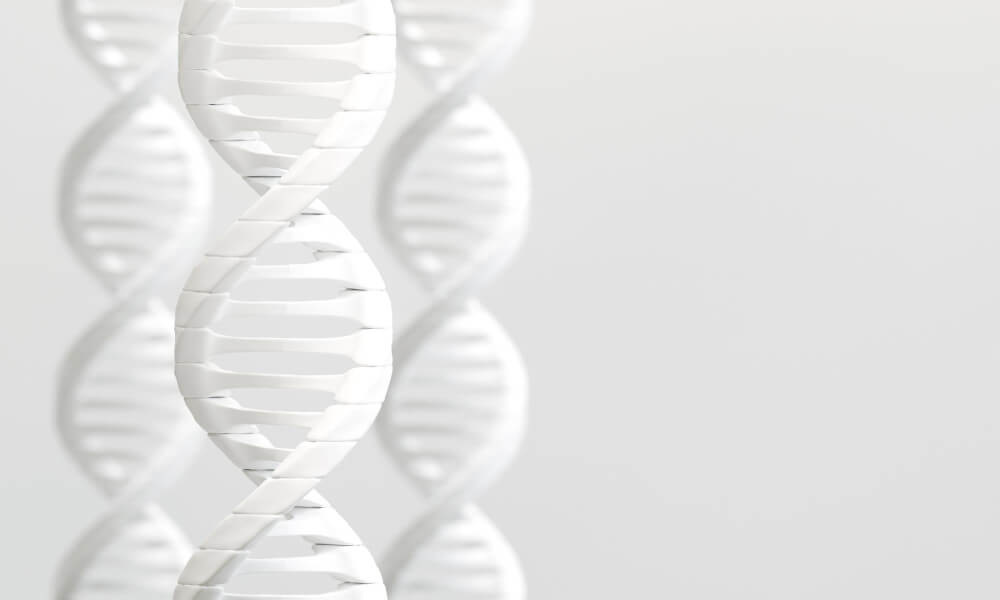
Why Are Stress and Sleep So Critical?
You can have the perfect diet and exercise plan, but if you’re chronically stressed and sleep-deprived, your hormonal health will suffer. As mentioned, high levels of the stress hormone cortisol actively suppress testosterone production. Finding healthy ways to manage stress is not a luxury; it’s a necessity for andropause management. This could include meditation, deep breathing exercises, spending time in nature, or engaging in hobbies you enjoy.
Sleep is when your body does most of its repair and hormone production. The majority of daily testosterone release occurs during sleep, particularly during the deep sleep stages. Aiming for 7-9 hours of quality, uninterrupted sleep per night is one of the most effective things you can do for your hormonal balance. Create a relaxing bedtime routine, make your bedroom dark and cool, and avoid screens for at least an hour before bed to optimize your sleep quality.
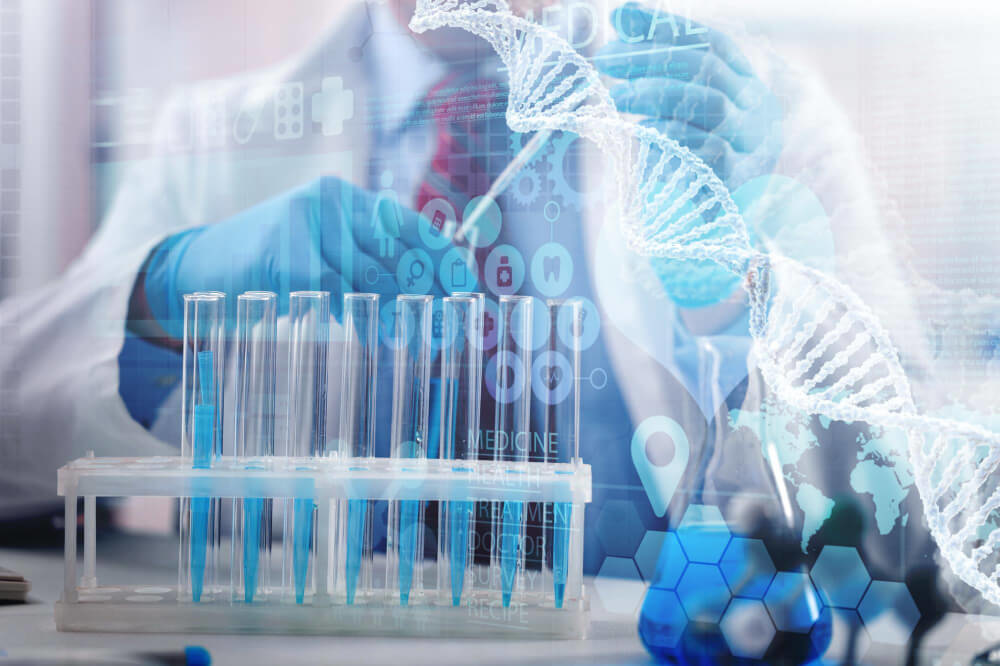
When Should I See a Doctor About Andropause?
If lifestyle interventions aren’t enough to resolve your symptoms, or if those symptoms are significantly impacting your quality of life, work, or relationships, it’s time to consult a healthcare professional. Don’t be hesitant to discuss your concerns. A knowledgeable doctor will take your symptoms seriously and guide you through a proper diagnostic process.
This process typically begins with a thorough discussion of your symptoms, medical history, and lifestyle. The next step is a blood test to measure your hormone levels. It’s important that this test measures not just total testosterone, but also free testosterone and SHBG to get a complete picture of your hormonal status. Your doctor may also check other related markers like estrogen, thyroid hormones, and vitamin D levels.

What Are the Medical Treatment Options?
If blood tests confirm clinically low testosterone levels and you have corresponding symptoms, your doctor may discuss medical interventions. The most common and effective treatment is Testosterone Replacement Therapy (TRT). The goal of TRT is not to create unnaturally high levels of hormones, but to restore your testosterone to a healthy, youthful range, thereby alleviating symptoms and improving your overall health.
TRT can be administered in several ways, including gels, injections, patches, or pellets. Each method has its own pros and cons, and the best choice depends on the individual’s lifestyle, preference, and how their body responds. When managed correctly by a skilled physician, TRT can be life-changing, restoring energy, mental clarity, muscle mass, and libido. There is a wealth of information on treating low testosterone levels that can help you understand the basics before your appointment.
It’s crucial that TRT is prescribed and monitored by a qualified professional. Effective management requires a deep understanding of hormone pathways, which is why specialized TRT training for GPs and other medical professionals is so important for patient safety and optimal outcomes. In some cases, doctors may explore other options besides direct testosterone replacement. For example, understanding the use of HCG and Clomiphene in men can be part of a sophisticated strategy to stimulate the body’s own natural testosterone production, which is a preferred approach for some patients.

How Do I Find a Knowledgeable Healthcare Provider?
Finding the right doctor is perhaps the most critical step in the medical management of andropause. Not all physicians have advanced training in hormone optimization or functional medicine. Look for a provider who listens to your symptoms, is willing to perform comprehensive testing, and discusses a full range of treatment options, including lifestyle modifications and various medical therapies.
A forward-thinking practitioner will also stay on the cutting edge of medical science. The fields of longevity and regenerative medicine are evolving rapidly, with new research emerging constantly. The best doctors are those who know how to critically evaluate new longevity research and translate it into safe and effective clinical protocols for their patients. Don’t be afraid to ask a potential doctor about their approach to hormone health and their commitment to ongoing education.
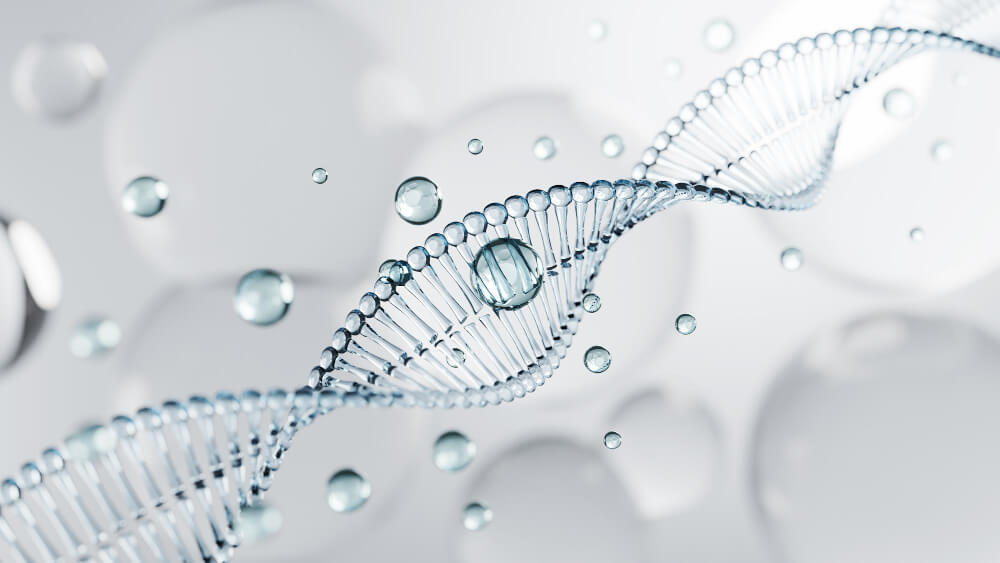
How Can I Create a Long-Term Andropause Management Plan?
Navigating andropause successfully is not about a quick fix; it’s about building a sustainable, long-term strategy for health and vitality. This plan rests on three pillars: awareness, action, and partnership. Awareness means paying attention to your body and mind, recognizing the signs of hormonal change without judgment.
Action involves implementing the lifestyle strategies that are within your control. This means committing to consistent exercise, nourishing your body with a healthy diet, and making stress management and sleep a priority. These daily choices form the foundation of your hormonal resilience.
Partnership means working with a knowledgeable healthcare provider who can guide you, provide expert advice, and offer medical interventions when necessary. By combining your personal efforts with professional guidance, you can create a comprehensive plan that addresses andropause from all angles. This transition is not an ending, but an invitation to become the most proactive and informed CEO of your own health.
Frequently Asked Questions
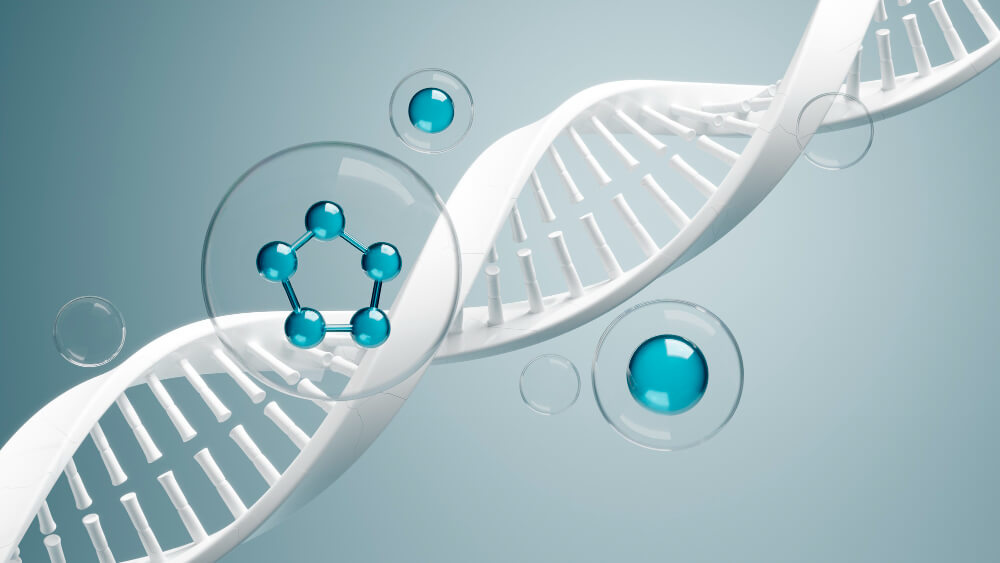
What specific qualifications should I look for when hiring medical staff for a TRT clinic?
Beyond standard medical licensing (MD, DO, NP, PA), it is crucial to hire practitioners with specific experience in endocrinology and hormone optimization. Look for candidates who can demonstrate a deep understanding of TRT protocols, including interpreting complex lab panels and managing potential side effects like elevated hematocrit. Their expertise ensures patient safety and builds the clinic’s reputation for providing effective, evidence-based care.
In addition to clinical expertise, prioritize providers with a strong, empathetic bedside manner, as patients often feel vulnerable discussing these health issues. Your support staff, such as medical assistants, should be proficient in phlebotomy for convenient in-house blood draws. An efficient front-office team familiar with medical scheduling and billing is also essential for a smooth patient experience and operational success.

What are the biggest marketing challenges specific to men’s health and how can I overcome them?
The primary marketing challenge is navigating the stigma surrounding topics like low testosterone and erectile dysfunction, which can make men hesitant to seek help. Your marketing must be professional, discreet, and focus on positive, relatable outcomes like improved energy, mental clarity, and overall vitality. Create educational content like blog posts or videos that demystify treatments and position your clinic as a trusted authority on men’s wellness.
Furthermore, many digital advertising platforms have strict restrictions on promoting medical treatments, which can lead to ad disapprovals. To counter this, invest heavily in Search Engine Optimization (SEO) to capture organic traffic from individuals actively searching for solutions. Building a strong local referral network with primary care physicians, urologists, and fitness centers is another highly effective and compliant strategy for patient acquisition.

What kind of technology is essential for running a modern TRT clinic efficiently?
A foundational piece of technology for your clinic is a specialized Electronic Health Record (EHR) system designed for or customizable to hormone therapy. This system must securely manage patient charts, track lab results over time, handle e-prescribing, and streamline clinical notes. Integrating your EHR with a robust practice management and billing software is critical for automating administrative tasks, managing appointments, and ensuring accurate revenue cycle management.
To enhance the patient experience and operational efficiency, implementing a secure patient portal is non-negotiable. This allows patients to discreetly book appointments, view their lab results, and communicate with their provider. Additionally, incorporating a telehealth platform can expand your reach by offering remote consultations, providing a significant competitive advantage and added convenience for your clients.
Discover the most comprehensive functional medicine training, longevity training, and biohacking certification programs designed specifically for healthcare professionals, medics, and clinic owners who want to master regenerative medicine protocols and anti-aging therapies.


